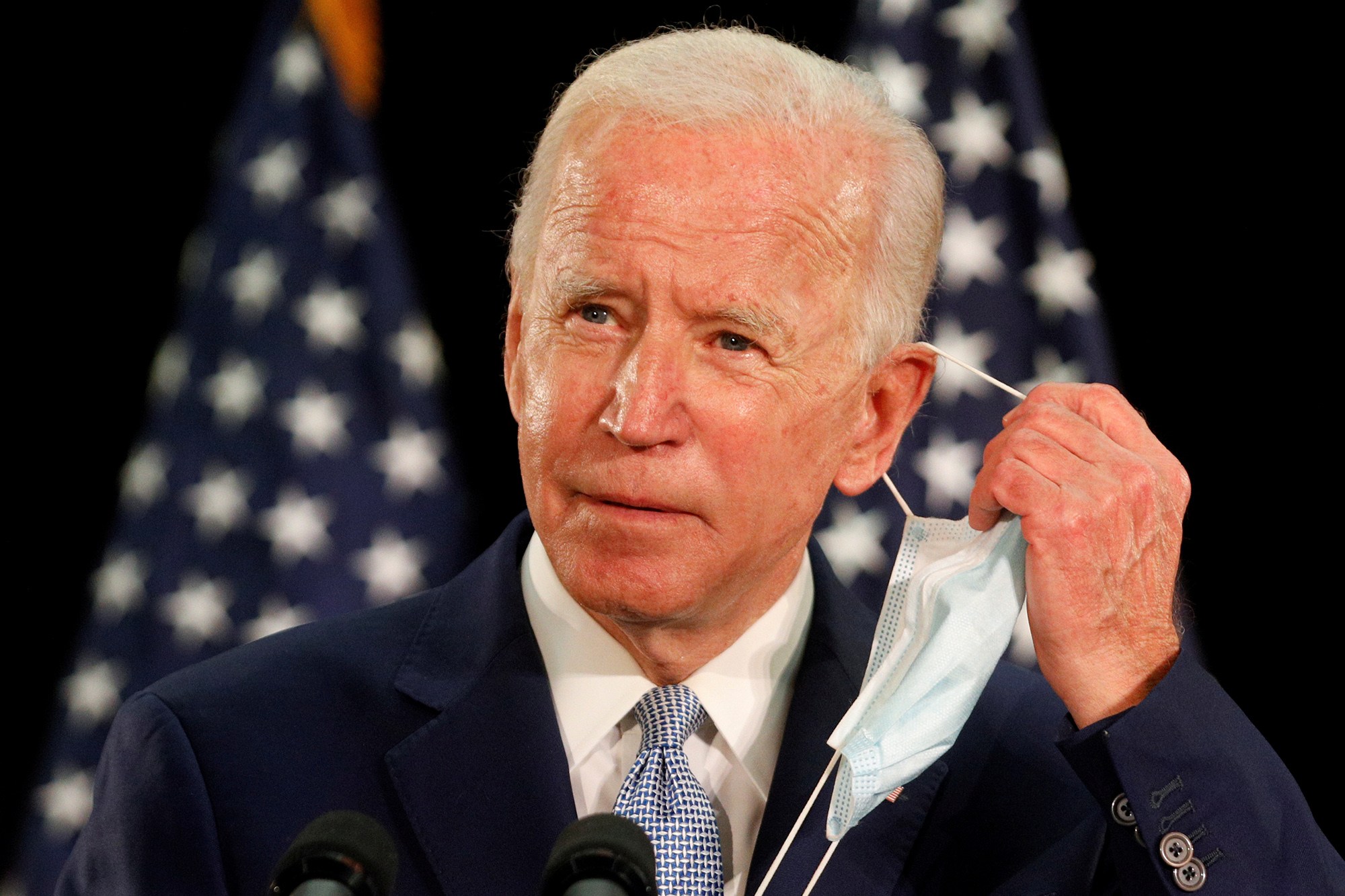GLASGLOW-(Transatlantic Today) – President Biden revealed his plans for overcoming climate change at the COP26 conference in Glasgow on November 1st. He made it clear that progress would require swift and immediate international attention. Biden expressed that, “It’s not just
where we are in 2050, but this decade that is going to determine whether we meet our
goals.” His demand for rapid response contradicts the previous administration’s
lackadaisical approach, which some have criticized as being near catastrophic.
Reducing Greenhouse Gasses
One of the strongest points in Joe Biden’s plan on climate change is reducing
greenhouse gas emissions 50% below 2005 levels by 2030. This will help reach a
100% carbon pollution-free power sector by 2035, and finally, a net-zero economy by
2050. This is detailed in his Build Back Better framework, the most comprehensive
strategy against climate change in U.S. history. The idea is to create a cleaner world
while positively impacting humanity by creating new jobs and the prospect of a
prosperous, cleaner economy.
Presidents Emergency Plan for Adaption and Resilience (PREPARE)
PREPARE is the vehicle Capitol Hill has put in place to get this initiative and others
accomplished and help the world’s most affected communities. PREPARE consists of
three components:
Knowledge- The U.S. is committed to spreading awareness about climate change,
including supporting innovation in understanding early warning indicators, assessing
vulnerabilities, and creating adaptation solutions. Knowledge is power; the more the
world knows about climate change, the better opportunity it has to reverse it.
Plans & Programs- This component will help build relationships with countries and
communities directly impacted by climate change by helping with informed decisionmaking and added protection. This is an effort meant to improve overall livelihood as
well as safeguard the homeostasis of natural environments.
Resources- According to the White House, “The United States will accelerate financing
of adaptation measures by contributing to and shaping new and existing multilateral
and bilateral adaptation funds, supporting multiple climate risk finance strategies,
strengthening capacity to access finance for adaptation and develop bankable
investments, and striving to mobilize private capital.”
Build Back Better and Bipartisan Infrastructure Deal
This isn’t the first strides the President has made to impact climate change. On his first
day in office, he rejoined the Paris Agreement, which signaled to the world that the U.S.
was once again willing to lead climate-saving efforts. COP26 also comes after
President Biden released his Build Back Better framework, the largest clean energy
investment in history. More specifically, it plans to deliver clean-energy rebates for
customers, support clean energy technology, and create a Civilian Climate Corps,
which will have over 300,000 members fighting for climate justice.
Build Back Better isn’t alone and is reinforced by the Bipartisan Infrastructure Deal,
which passed earlier this month. That bill includes climate-conscious actions like
cleaning up pollution, improving public transit vehicles, and adding electric vehicle
chargers along highways and communities. In the President’s words, “These are
investments that we can’t afford to not make. And we all have to step up to the plate
and — and do our piece.”


























